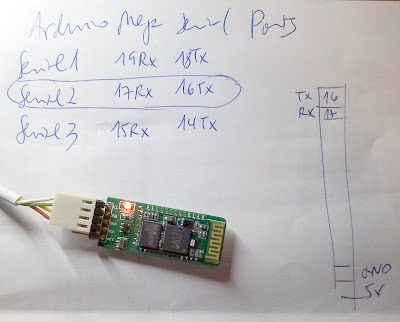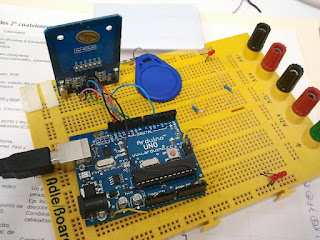The not so intuitive use of an IMU
A recent project required acceleration measurements to study a person's gait. I thought this could be done easily with one of the many MEMS (MicroElectroMechanical Systems) devices available in the market under the name of IMU (Intertial Measurement Units) or just accelerometers. I settled with the cheapest acceloremeter I found on eBay with an I2C interface to connect it to a Funnel IO powered by a rechargeable Lithium battery. Funnel IO (or FIO in short) is an Arduino-like board that includes a USB-powered battery charger plus an XBee module interface on board. It can be programmed wirelessly but this proved to be a real PITA to get it working (and even after that, it does not work reliably). Once I got some code grabbed from Arduino forums to read my sensor (MMA7660FC from Freescale) I was a bit shocked with the results. My sensor was a 3-axis accelerometer and I was expecting a measurement of X=Y=Z=0 on my first test with the sensor static. I was wrong. I shoul...

